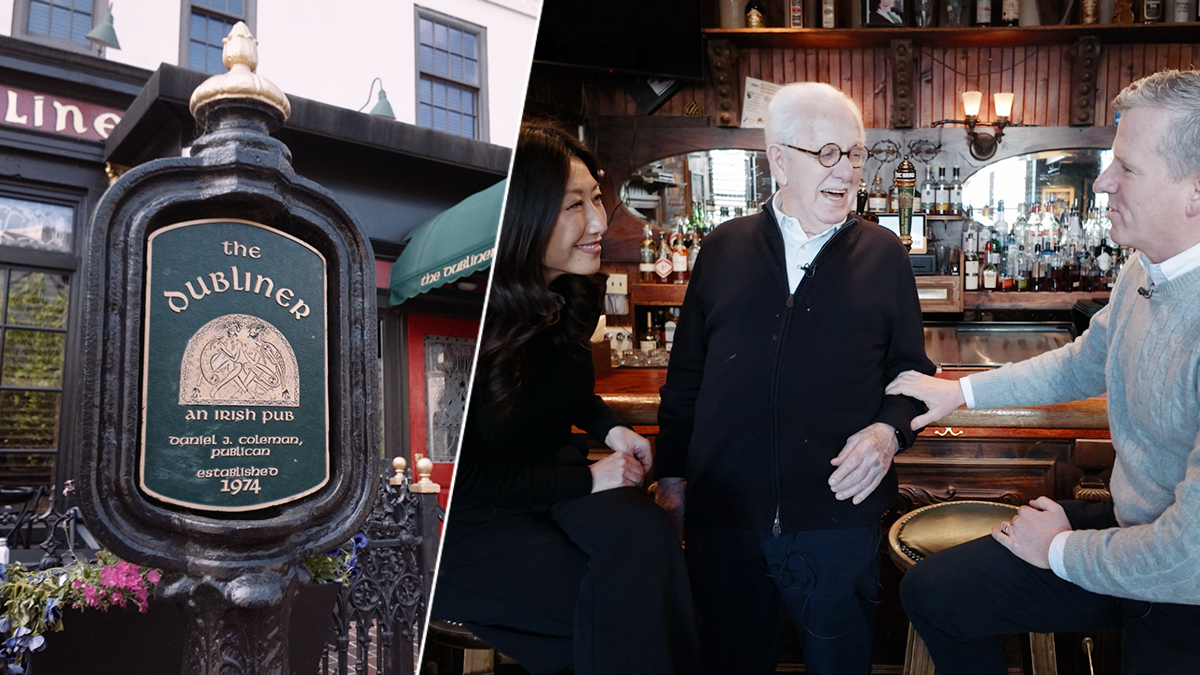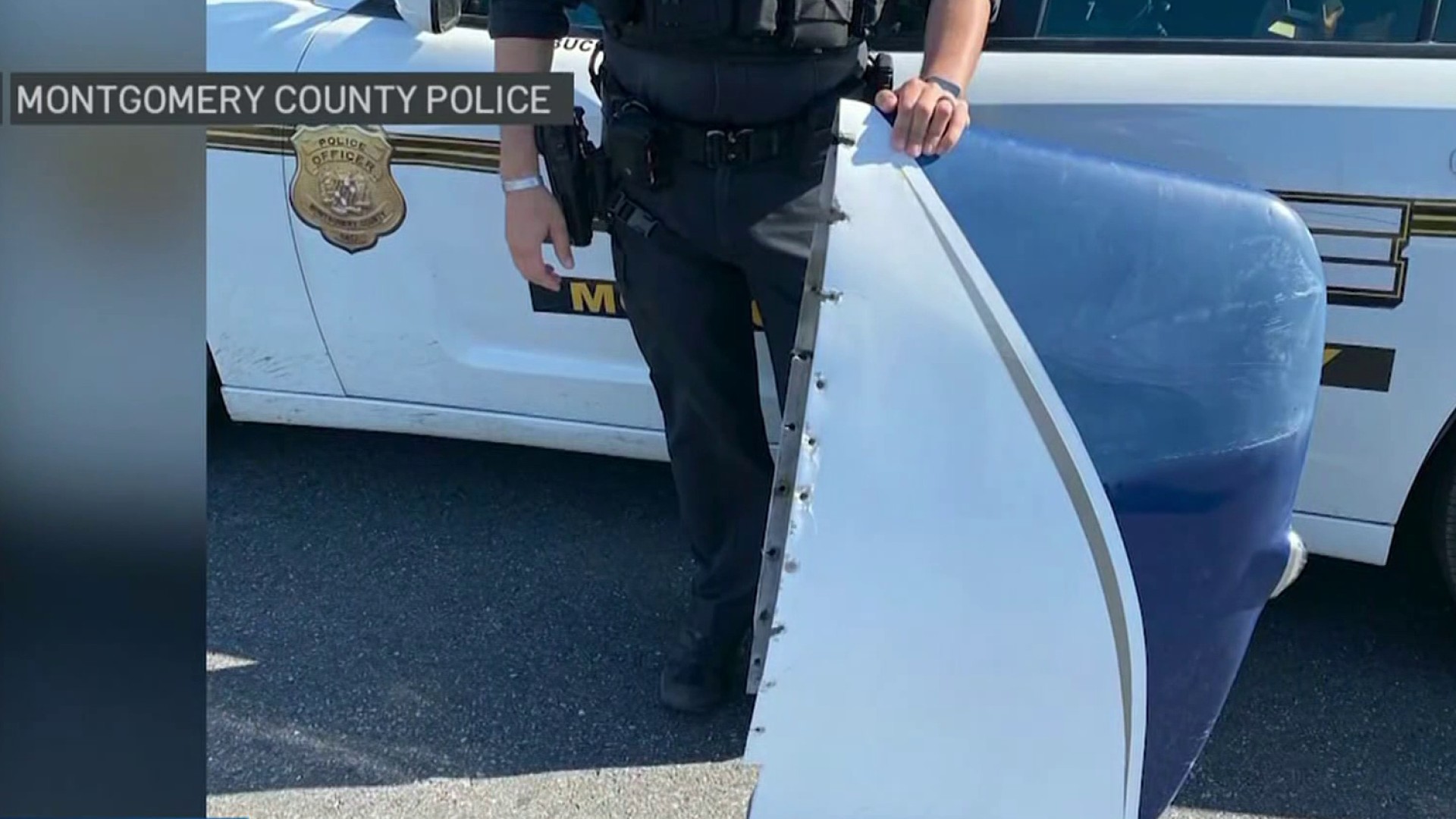Dozens of headstones from a historic African American cemetery in the nation's capital that were used as erosion control along the Virginia shoreline of the Potomac River are being relocated to a memorial garden in Maryland.
Maryland Gov. Larry Hogan, Virginia Gov. Ralph Northam and D.C. Mayor Muriel Bowser attended a ceremony in Caledon State Park in King George on Monday to mark the transfer of the first 55 headstones from Virginia to Maryland. The grave markers will be part of a memorial garden at National Harmony Memorial Park in Prince George’s County honoring the 37,000 people buried at the original cemetery.
"It's a disgusting and heartbreaking chapter in our history," Hogan said.
"It's really important for all of us to acknowledge past wrongs," Northam said.
We're making it easier for you to find stories that matter with our new newsletter — The 4Front. Sign up here and get news that is important for you to your inbox.
"We are committed to righting that wrong," Bowser said.
The Columbian Harmony Cemetery was established in 1859 and was the most prominent burial site for African Americans in Washington, D.C., but it was moved in the 1960s to make room for development including the Rhode Island Avenue-Brentwood Metro station. Remains were moved to National Harmony Memorial Park in Prince George's County, Maryland, but the gravestones were sold or given away, officials said.
"This young lady nicely told me where my ancestors were located in the graveyard, but she also told me that there were no headstones," said Violetta Sharps-Jones, a descendent of ancestors buried at National Harmony Memorial Park.
Local
Washington, D.C., Maryland and Virginia local news, events and information
Grave markers ended up along a 2-mile stretch of the river of King George County, where Virginia Sen. Richard Stuart discovered them in 2016 while taking a walk with his wife on the property he had just purchased.
"She looked at me and she said, 'Is that?…' and I finished the sentence, 'a headstone.' And we saw another one. And we saw another one. And we saw another one," Stuart said. "I felt like somebody had punched me in the stomach and that is the best way I can describe it."
Historians helped Stuart to learn about the origin of the gravestones and he then worked with other state leaders to return them to a proper memorial site.
Officials from Virginia, Maryland, and the District of Columbia are working with Hyattsville, Maryland-based History, Arts, and Science Action Network, a restorative justice nonprofit organization that has been working with descendants and researching the stories of those buried in the cemetery.
On Monday, Patricia Howard-Chittams was able to touch her ancestor's headstone for the first time.
"I don't get angry, I don't get mad, you know, because she was here. I'm the sum of her existence, which makes it even better," Howard-Chittams said.
Prominent people buried at the original cemetery include: Elizabeth Keckly, a former slave who became a seamstress and trusted confidante of first lady Mary Todd Lincoln; Osborne Perry Anderson, the only African American survivor of John Brown’s raid on Harpers Ferry; Mary Ann Shadd Cary, America’s first African American female newspaper editor; and Philip Reid, a foundry worker who helped build of the Statue of Freedom at the U.S. Capitol, officials said.
This fall, National Guard members from Maryland and Virginia will recover more headstones in the area where the first artifacts were found, officials said. Virginia approved $4 million for recovery and restoration of the gravestones and the creation of a shoreline memorial, Northam’s office said.



